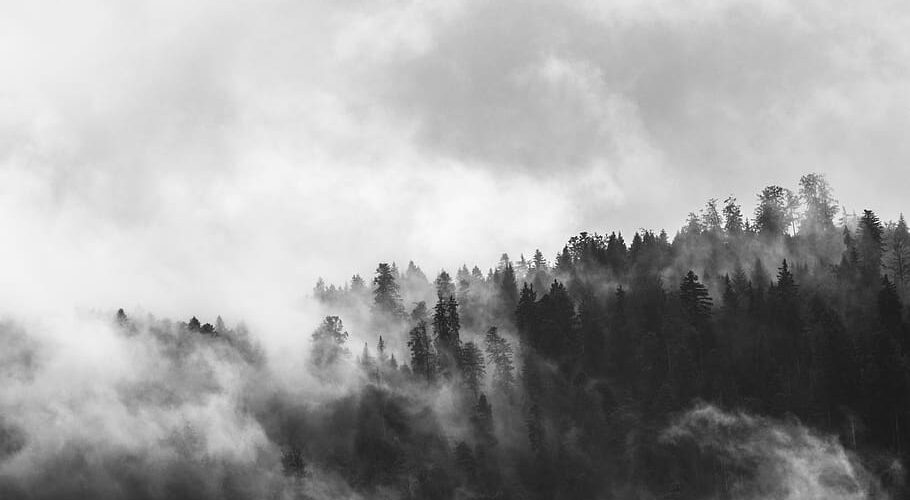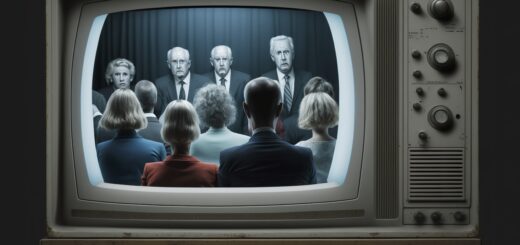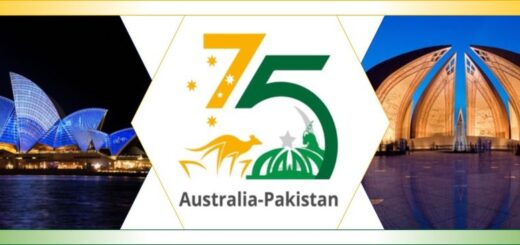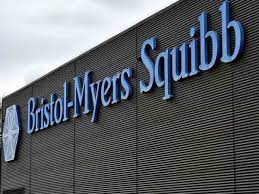Great Fog of London

The Great Smog of London, or Great Fog of 1952, was a severe air pollution event that affected London, England, in December 1952. A period of unusually cold weather, combined with an anticyclone and windless conditions, collected airborne pollutants mostly arising from the use of coal to form a thick layer of smog over the city. It lasted from Friday 5 December to Tuesday 9 December 1952, then dispersed quickly when the weather changed.
Introduction to the Peculiar Phenomenon
In the heart of London, a city steeped in history and tradition, a mysterious and unprecedented event has unfolded—the Mysterious Fog Phenomenon. This perplexing fog has captured the attention of residents and visitors alike, leaving a trail of questions in its wake.
A Cloak of Confusion
The anomaly first manifested itself on a crisp autumn morning, as an abnormally thick and selective fog descended upon the city. Its unique properties, such as its persistence and targeted nature, set it apart from typical weather phenomena. Witnesses describe it as an ethereal mist, gracefully weaving through the streets with an almost otherworldly presence.
Source of Pollution
A period of unusually cold weather preceding and during the Great Smog led Londoners to burn much more coal than usual to keep themselves warm. While better-quality “hard” coals (such as anthracite) tended to be exported to pay off World War II debts, post-war domestic coal tended to be of a relatively low-grade, sulphurous variety called “nutty slack” (similar to lignite) which increased the amount of sulphur dioxide in the smoke. There were also numerous coal-fired electric power stations in the Greater London area, including Fulham, Battersea, Bankside, Greenwich, West Ham and Kingston upon Thames, all of which added to the pollution. According to the UK’s Met Office, the following pollutants were emitted each day during the smoggy period: 1,000 tonnes of smoke particles, 140 tonnes of hydrochloric acid, 14 tonnes of fluorine compounds and 370 tonnes of sulphur dioxide which may have been converted to 800 tonnes of sulphuric acid. The relatively large size of the water droplets in the London fog allowed for the production of sulphates without the acidity of the liquid rising high enough to stop the reaction, and for the resultant dilute acid to become concentrated when the fog was burned away by the sun.
Effects on London
Public transport ceased, apart from the London Underground, and the ambulance service stopped, forcing individuals to transport themselves to hospitals. The smog was so dense that it even seeped indoors, resulting in the cancellation or abandonment of concerts and film screenings, as visibility decreased in large enclosed spaces, and stages and screens became harder to see from the seats. Outdoor sports events were also cancelled.
In the inner London suburbs and away from town centres, there was no disturbance by moving traffic to thin out dense fog in the back streets. As a result, visibility could be down to a metre or so in the daytime. Walking out of doors became a matter of shuffling to feel for potential obstacles such as kerbs. This was made even worse at night since each back street lamp was fitted with an incandescent light bulb, which gave no penetrating light onto the pavement for pedestrians to see their feet or even a lamp post. Fog-penetrating fluorescent lamps did not become widely available until later in the 1950s. “Smog masks” were worn by those who were able to purchase them from chemists.
Whispers in the Mist
Eye witness accounts contribute to the enigma, with some claiming to have experienced strange sensory perceptions while within the fog. Reports include feelings of being transported to another time or dimension, as well as hearing distant whispers and mysterious echoes. These unexplained occurrences only deepen the sense of mystery surrounding the phenomenon.
Environmental impact
Environmental legislation since 1952, such as the City of London (Various Powers) Act 1954 and the Clean Air Acts of 1956 and 1968, led to a reduction in air pollution. Financial incentives were offered to householders to replace open coal fires with alternatives (such as installing gas fires), or for those who preferred, to burn coke instead which produces minimal smoke. Central heating (using gas, electricity, oil or permitted solid fuel) was rare in most dwellings at that time, not finding favour until the late 1960s onwards. Despite improvements, insufficient progress had been made to prevent one further smog event approximately ten years later, in early December 1962.








